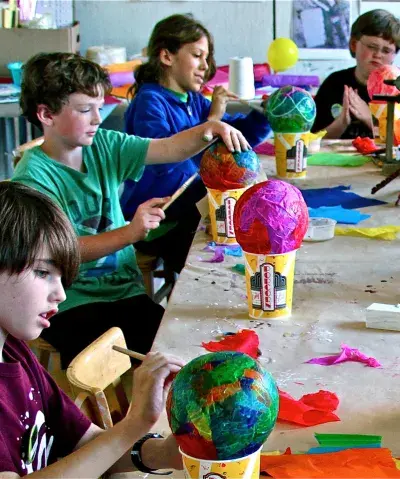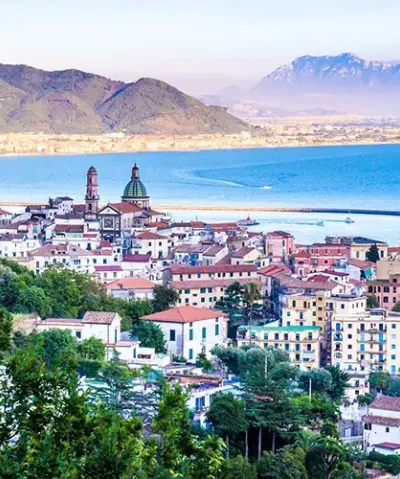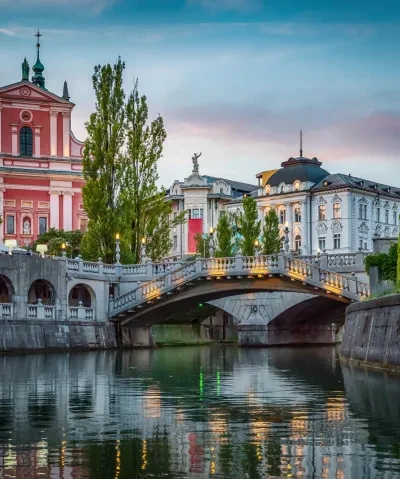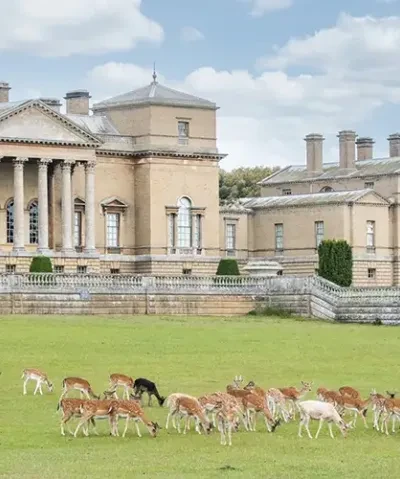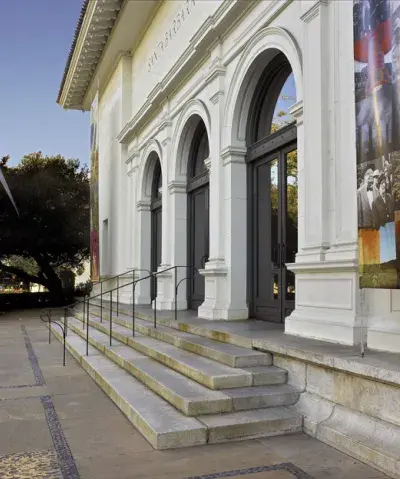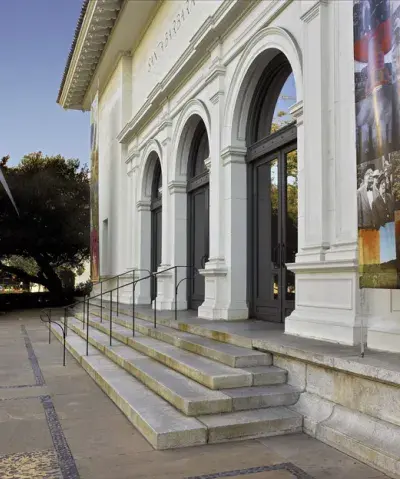Highlights of South and Southeast Asian Art, Himalayas
Spanning an over 3,000-year history, the works from these geographically and ethno-culturally diverse regions are mostly associated with three religions that originated from the Indian subcontinent: Hinduism, Jainism, and Buddhism, all of which are actively practiced today. With the exception of the paintings created in the last three centuries, the sculptures, paintings, and ritual objects on display were created for devotional practices in temples, shrines, religious festivals, home worship, and sacred sites. Made from a variety of materials: clay, wood, metal, stone, textile, and paper, the works provide a broad view of the artistic expressions and devotional practices in India and their development and transformation in the Southeast Asian countries of Thailand, Cambodia, Indonesia, and the Himalayan lands of Nepal and Tibet.
This reinstallation is generously supported by the Carpenter Foundation, SBMA Women’s Board, and the Friends of Asian Art.
- Galleries:Wood,






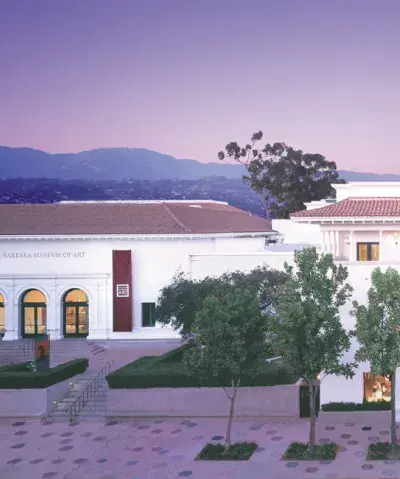
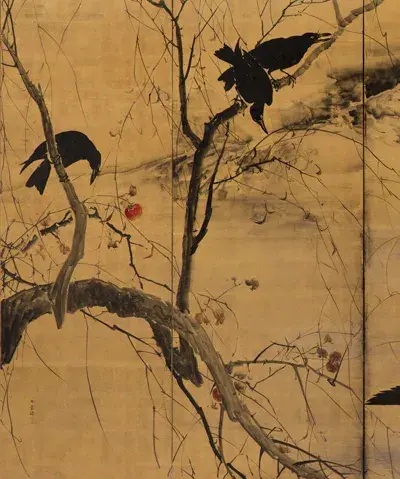

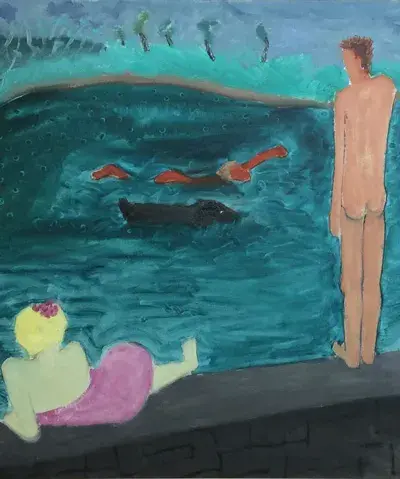
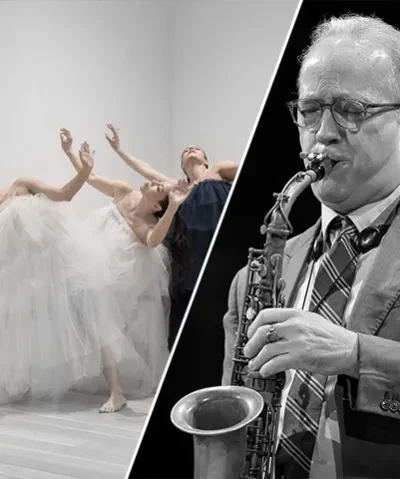
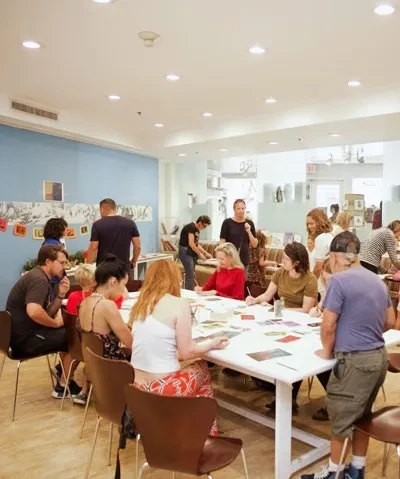

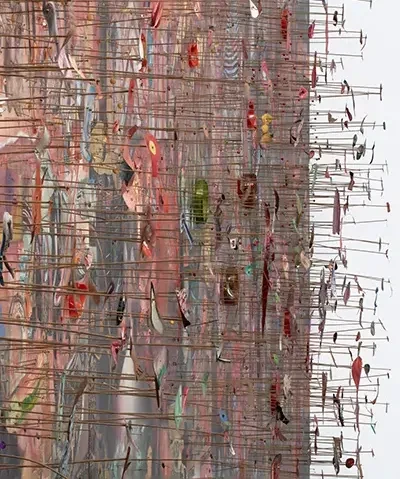
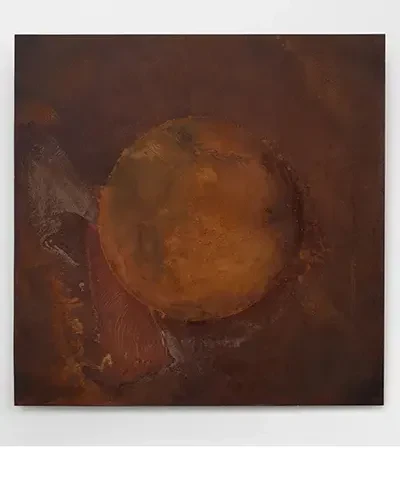
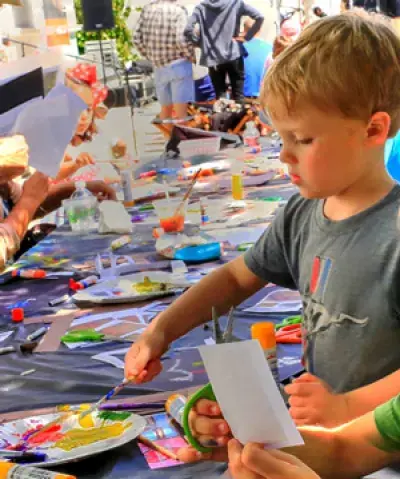

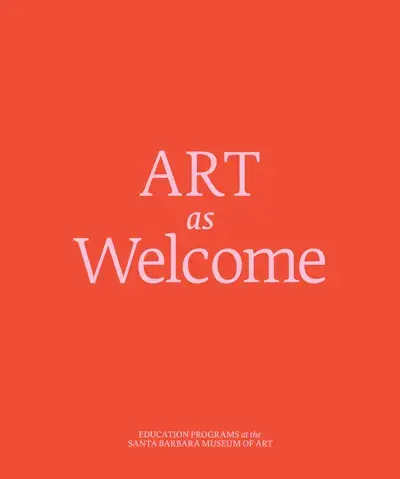

![memberseve[1]](https://www.sbma.net/sites/default/files/styles/menu_thumbnail_400_480/public/menu/memberseve%5B1%5D.jpg.webp?itok=hIz01lpc)
